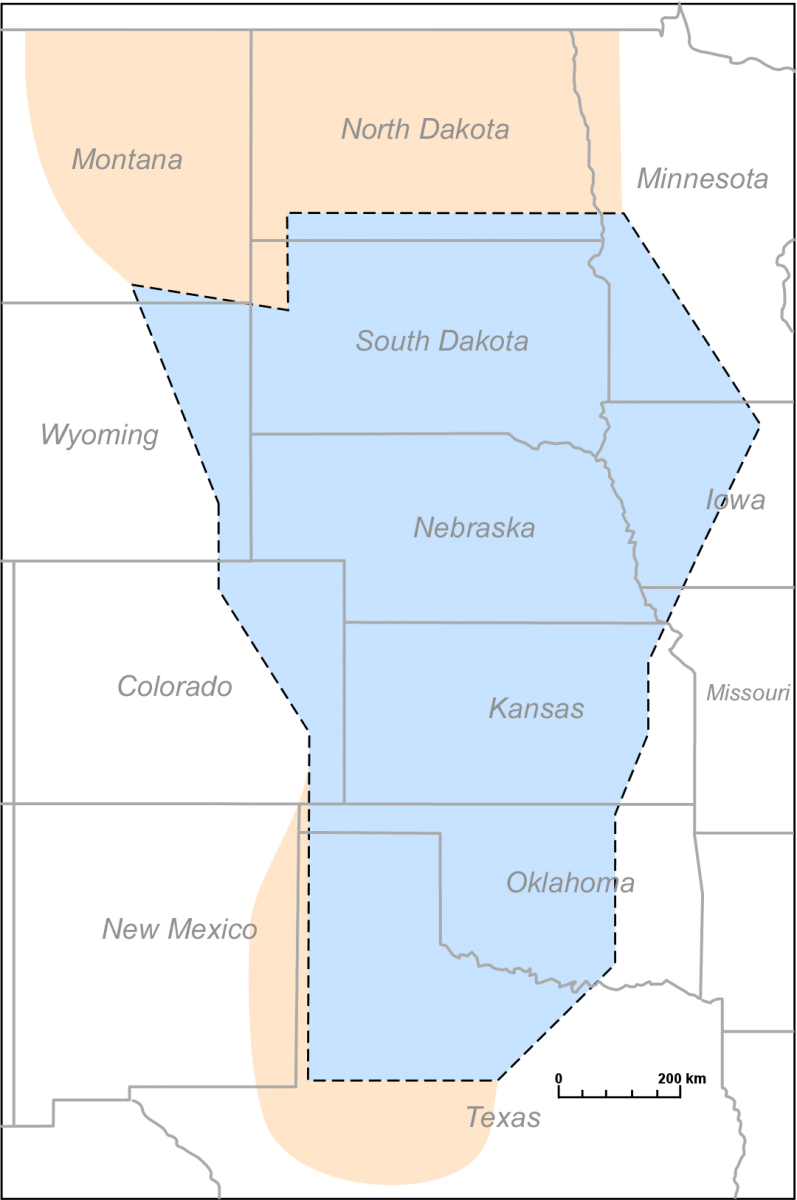TORUS
Targeted Observation by Radars and UAS of Supercells
TORUS (Targeted Observation by Radars and UAS of Supercells) is a nomadic field campaign during the spring storm seasons (May and June) of 2019, 2022, and 2023 (TORUS-LItE) over a domain covering much of the central United States where there exists significant point probabilities of tornado-bearing supercell storms.
TORUS aims to use the data collected to improve the conceptual model of supercell thunderstorms (the parent storms of the most destructive tornadoes) by exposing how small-scale structures within these storms might lead to tornado formation. These structures are hypothesized to be nearly invisible to all but the most precise research-grade instruments. But by revealing the hidden composition of severe storms and associating it to known characteristics of the regularly-observed larger scale environment, the TORUS project could improve supercell and tornado forecasts.
Field instrumentation includes the NOAA P-3 aircraft, four unmanned aircraft systems from the University of Colorado, Boulder and the University of Nebraska-Lincoln (UNL); two Ka-band mobile radars from Texas Tech University, the NOAA X-band Polarimetric (NOXP) mobile radar, seven mobile mesonets from UNL, the University of Oklahoma, and the National Severe Storms Laboratory (NSSL) as well as a mobile sounding system operated by NSSL.
Principal Investigators
Adam Houston, UNL
Data Manager
EOL Archive, NCAR/EOL/DMS
